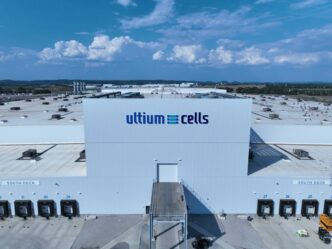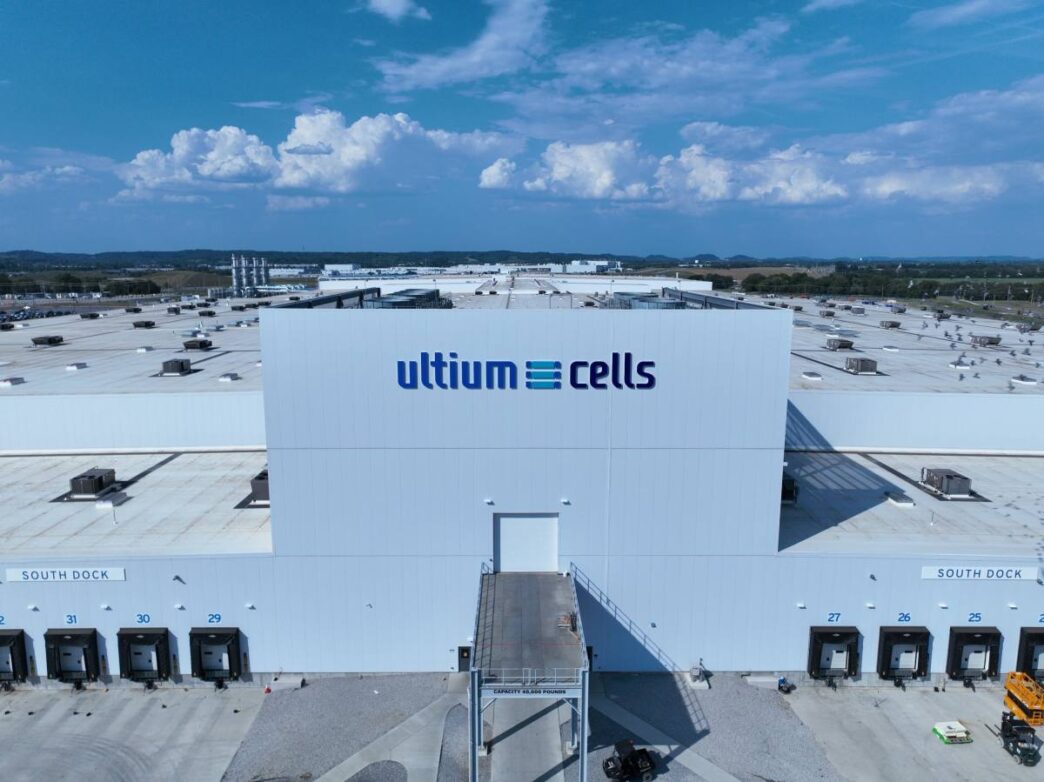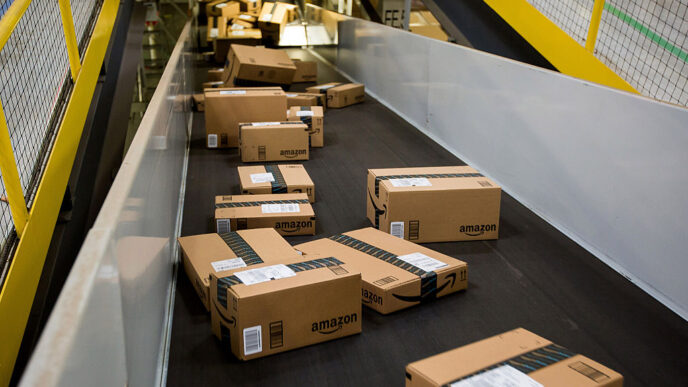GM is upgrading its Ultium battery plant to crank out lithium-iron-phosphate (LFP) cells for budget EVs. The move boosts U.S. LFP production, currently dominated by China despite LFP being a U.S. invention.
The $2.3 billion Ultium Cells LLC factory in Spring Hill, Tennessee—a GM and LG Energy Solution joint venture—started making nickel-manganese-cobalt (NMC) lithium-ion cells in 2024. Later this year, the plant will switch production lines to LFP cells. Commercial output is expected by late 2027.
LFP batteries are cheaper, safer, and use more available raw materials than NMC. GM’s battery strategy breaks down into three tiers:
- High-end EVs keep using NMC for maximum range. The Chevy Silverado EV tops out with a 205 kWh NMC pack, hitting 492 miles on a charge.
- A new lithium-manganese-rich (LMR) chemistry cuts nickel and cobalt, swapping in cheap domestic manganese. It promises more range than LFP at similar prices. LMR cells should arrive in 2028.
- Entry-level EVs will switch to LFP, says GM’s Andy Oury.
The Spring Hill expansion is a big step toward domestic LFP production, with commercial LFP cells landing in 2027.
Andy Oury told TechCrunch in May:
"Given how consistently battery pack costs have come down over time, it’s likely that LFP costs will drop below those for LMR in the coming years. The Spring Hill upgrades should start producing LFP cells for commercial sale in 2027."














